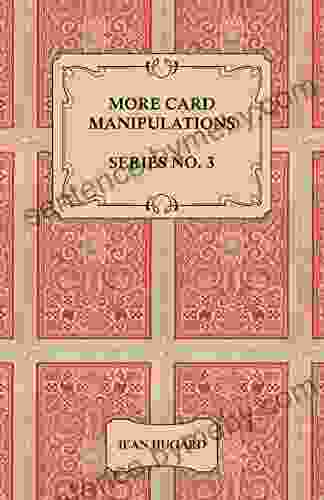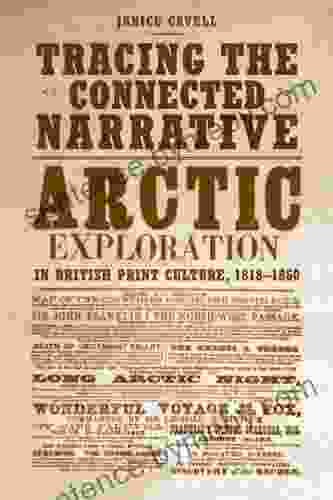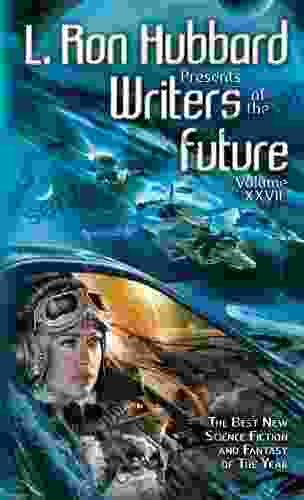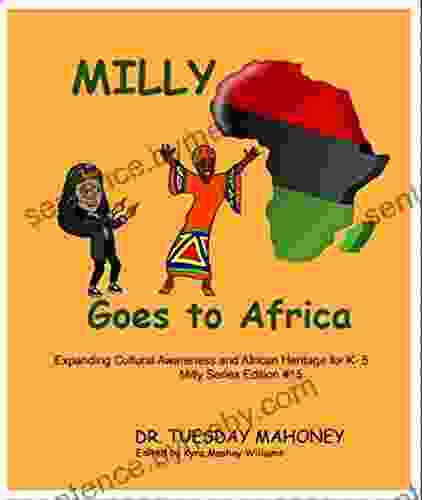Arctic Exploration in British Print Culture 1818-1860

The Arctic has long held a fascination for the British public. In the early 19th century, this fascination was fueled by a series of daring expeditions to the region, led by explorers such as John Franklin, William Parry, and James Clark Ross. These expeditions captured the public imagination, and their stories were widely reported in the British press. Print culture played a key role in promoting and shaping public perceptions of Arctic exploration during this period.
Prints, illustrated books, and other forms of printed matter visually represented the Arctic and its inhabitants in ways that influenced popular understandings of the region and its people. For example, prints often depicted the Arctic as a barren and inhospitable place, inhabited by fierce and warlike natives. These representations reinforced the idea of the Arctic as a dangerous and mysterious place, and they contributed to the creation of a heroic mythos surrounding British polar explorers.
4.7 out of 5
| Language | : | English |
| File size | : | 1312 KB |
| Text-to-Speech | : | Enabled |
| Screen Reader | : | Supported |
| Enhanced typesetting | : | Enabled |
| Word Wise | : | Enabled |
| Print length | : | 352 pages |
Print culture also played a role in shaping the narratives of Arctic exploration. For example, prints often celebrated the achievements of British explorers, while downplaying the role of other nations. This helped to create a sense of national pride and superiority, and it contributed to the development of a British imperial identity.
The Arctic exploration narratives that were circulated in print culture had a significant impact on British society. They helped to shape public perceptions of the Arctic and its inhabitants, and they contributed to the creation of a heroic mythos surrounding British polar explorers. These narratives also played a role in shaping British imperial identity, and they helped to justify the expansion of British power into the Arctic region.
The Visual Representation of the Arctic in British Print Culture
The Arctic was a popular subject for prints in the early 19th century. These prints often depicted the region as a barren and inhospitable place, inhabited by fierce and warlike natives. This representation of the Arctic was reinforced by the fact that many of the prints were based on the accounts of explorers who had experienced great hardship and danger during their expeditions.
One of the most famous prints of the Arctic is John Ross's "The Frozen Regions" (1819). This print depicts a group of British explorers struggling through a treacherous ice floe. The explorers are surrounded by towering icebergs and fierce polar bears. The print conveys a sense of the danger and hardship that explorers faced in the Arctic, and it helped to create a heroic mythos surrounding British polar explorers.
Another popular print of the Arctic is Edward Parry's "A View of the North Pole" (1827). This print depicts a group of British explorers standing on the North Pole. The explorers are surrounded by a vast expanse of ice and snow. The print conveys a sense of the vastness and mystery of the Arctic, and it helped to create a sense of national pride and superiority.
The Role of Print Culture in Shaping the Narratives of Arctic Exploration
Print culture played a key role in shaping the narratives of Arctic exploration. For example, prints often celebrated the achievements of British explorers, while downplaying the role of other nations. This helped to create a sense of national pride and superiority, and it contributed to the development of a British imperial identity.
One of the most famous examples of this is the print "The Death of Captain James Cook" (1784). This print depicts the death of the famous British explorer Captain James Cook at the hands of Hawaiian natives. The print was widely circulated in Britain, and it helped to create a sense of national outrage and mourning. The print also helped to justify the British invasion of Hawaii, which took place in 1898.
Another example of how print culture shaped the narratives of Arctic exploration is the print "The Franklin Expedition" (1854). This print depicts the fate of the Franklin Expedition, which was lost in the Arctic in 1845. The print shows the explorers being abandoned by their ships and struggling through the ice. The print helped to create a sense of national tragedy, and it contributed to the mythos surrounding British polar explorers.
The Impact of Arctic Exploration Narratives on British Society
The Arctic exploration narratives that were circulated in print culture had a significant impact on British society. They helped to shape public perceptions of the Arctic and its inhabitants, and they contributed to the creation of a heroic mythos surrounding British polar explorers. These narratives also played a role in shaping British imperial identity, and they helped to justify the expansion of British power into the Arctic region.
The Arctic exploration narratives that were circulated in print culture had a lasting impact on British society. They helped to shape public perceptions of the Arctic and its inhabitants, and they contributed to the creation of a heroic mythos surrounding British polar explorers. These narratives also played a role in shaping British imperial identity, and they helped to justify the expansion of British power into the Arctic region.
Arctic exploration was a popular subject in British print culture in the early 19th century. Prints, illustrated books, and other forms of printed matter visually represented the Arctic and its inhabitants in ways that influenced popular understandings of the region and its people. Print culture also played a role in shaping the narratives of Arctic exploration, and it contributed to the creation of a heroic mythos surrounding British polar explorers. The Arctic exploration narratives that were circulated in print culture had a significant impact on British society. They helped to shape public perceptions of the Arctic and its inhabitants, and they contributed to the creation of a heroic mythos surrounding British polar explorers. These narratives also played a role in shaping British imperial identity, and they helped to justify the expansion of British power into the Arctic region.
4.7 out of 5
| Language | : | English |
| File size | : | 1312 KB |
| Text-to-Speech | : | Enabled |
| Screen Reader | : | Supported |
| Enhanced typesetting | : | Enabled |
| Word Wise | : | Enabled |
| Print length | : | 352 pages |
Do you want to contribute by writing guest posts on this blog?
Please contact us and send us a resume of previous articles that you have written.
 Book
Book Novel
Novel Page
Page Chapter
Chapter Text
Text Story
Story Genre
Genre Reader
Reader Library
Library Paperback
Paperback E-book
E-book Magazine
Magazine Newspaper
Newspaper Paragraph
Paragraph Sentence
Sentence Bookmark
Bookmark Shelf
Shelf Glossary
Glossary Bibliography
Bibliography Foreword
Foreword Preface
Preface Synopsis
Synopsis Annotation
Annotation Footnote
Footnote Manuscript
Manuscript Scroll
Scroll Codex
Codex Tome
Tome Bestseller
Bestseller Classics
Classics Library card
Library card Narrative
Narrative Biography
Biography Autobiography
Autobiography Memoir
Memoir Reference
Reference Encyclopedia
Encyclopedia Jason Cheek
Jason Cheek James Ulyatt
James Ulyatt Loran Nordgren
Loran Nordgren Jancee Dunn
Jancee Dunn Paolo Gallo
Paolo Gallo Kicki Hansard
Kicki Hansard Nancy B Kennedy
Nancy B Kennedy Janette Murray Wakelin
Janette Murray Wakelin Mary Scott Huff
Mary Scott Huff Jason Hickel
Jason Hickel Misha Glouberman
Misha Glouberman Sharon Lee
Sharon Lee Jeremy Scott
Jeremy Scott Judith Yates
Judith Yates Joe Kulka
Joe Kulka Nadria Tucker
Nadria Tucker James P Sethna
James P Sethna Jason Epstein
Jason Epstein Kevin Collamore Braun
Kevin Collamore Braun Jay Golden
Jay Golden
Light bulbAdvertise smarter! Our strategic ad space ensures maximum exposure. Reserve your spot today!
 Hugh ReedFollow ·17.5k
Hugh ReedFollow ·17.5k Andy ColeFollow ·14k
Andy ColeFollow ·14k Darren NelsonFollow ·19.6k
Darren NelsonFollow ·19.6k Jerome PowellFollow ·12.1k
Jerome PowellFollow ·12.1k Stan WardFollow ·7.6k
Stan WardFollow ·7.6k Hugh BellFollow ·17.6k
Hugh BellFollow ·17.6k Tyrone PowellFollow ·3.8k
Tyrone PowellFollow ·3.8k Milan KunderaFollow ·18.5k
Milan KunderaFollow ·18.5k

 Franklin Bell
Franklin BellHow Businesses Can Thrive In The New Global Neighborhoods
The world is becoming...

 Rob Foster
Rob FosterCard Manipulations Volume 1: A Masterclass in Deception...
Unveiling the...

 Enrique Blair
Enrique BlairUnveil the Secrets of Card Manipulation: Dive into "More...
Step into the captivating world...

 Jamal Blair
Jamal BlairComedy Fillers 200 Quips One Liners Jean Hugard
Unlock the Secrets of...

 Chase Simmons
Chase SimmonsUnlock Financial Independence: A Comprehensive Guide to...
In a world where financial security seems...

 Dion Reed
Dion ReedUnveiling Global Market Entry Strategies: A Comprehensive...
Global Market Entry Strategies:...
4.7 out of 5
| Language | : | English |
| File size | : | 1312 KB |
| Text-to-Speech | : | Enabled |
| Screen Reader | : | Supported |
| Enhanced typesetting | : | Enabled |
| Word Wise | : | Enabled |
| Print length | : | 352 pages |












